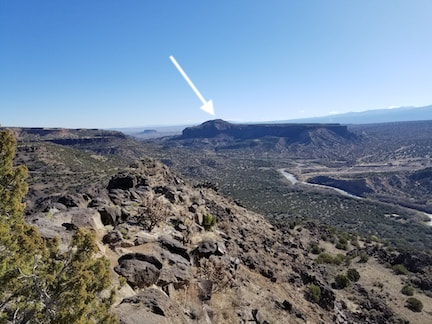In the late 18th Century, sedimentary rocks were called the aqueous rocks, since their components came out of water. Most rocks, even granites, were considered to have formed this way. But it was clear that at least some rocks had cooled and congealed from a fiery hot, melted state, ejected from volcanoes. Collectively the rocks "born of fire" from the crater of a volcano were called the igneous rocks, to distinguish them from the others.
Italian volcanoes spilled out streams of molten rock called lava, a word possibly derived from lavare, "to wash", in the sense of a torrent of water. Material ejected into the air came down as lapilli, "little stones", scoria, "slag", or pumice, "foam". We still use these words today.
Lavas reveal their origin by certain distinctive textures: a dense, fine-grained, or even glassy appearance, riddled with spongy-looking bubble holes formed by gas trapped before it could escape. Scoria and pumice are nearly more bubbles than stone, and are surprisingly light in weight. Volcanic ash is little more than tiny shards of dirty glass and broken crystals.
Italian volcanoes spilled out streams of molten rock called lava, a word possibly derived from lavare, "to wash", in the sense of a torrent of water. Material ejected into the air came down as lapilli, "little stones", scoria, "slag", or pumice, "foam". We still use these words today.
Lavas reveal their origin by certain distinctive textures: a dense, fine-grained, or even glassy appearance, riddled with spongy-looking bubble holes formed by gas trapped before it could escape. Scoria and pumice are nearly more bubbles than stone, and are surprisingly light in weight. Volcanic ash is little more than tiny shards of dirty glass and broken crystals.
Lava and ash that piles up around a volcanic vent will form a cone or dome-shaped landform, like Otowi Peak, a small volcano:
More fluid lava may run out over the surface to form widespread flows. These flows cap many of the mesas in the Rio Grande Valley and other parts of New Mexico.
Less commonly, huge volcanic explosions may smother the landscape under ground-hugging flows of ash, pumice, and superheated gas to form an ash-flow tuff. Tuff is volcanic ash, mixed with pumice and rock fragments, that has consolidated into more or less solid rock. These cliffs of Bandelier Tuff are a spectacular example of an ash-flow tuff:



 RSS Feed
RSS Feed
